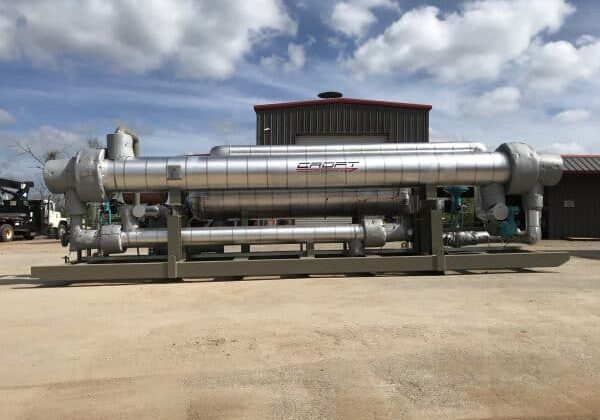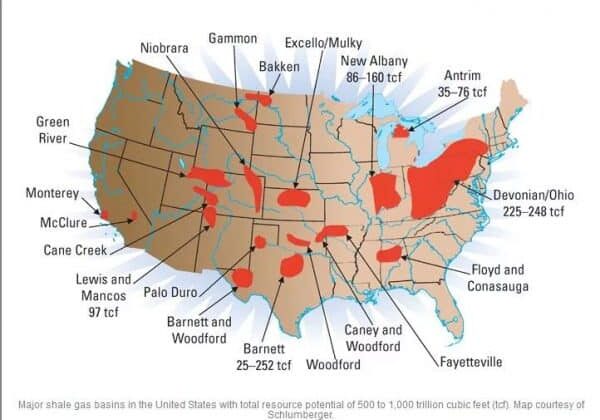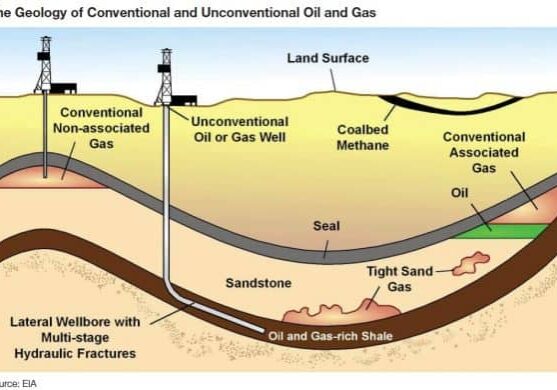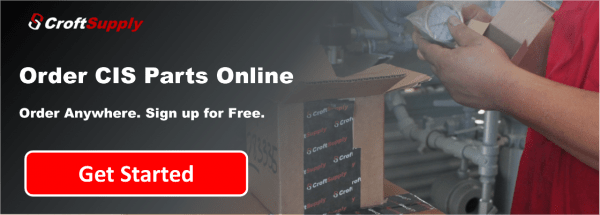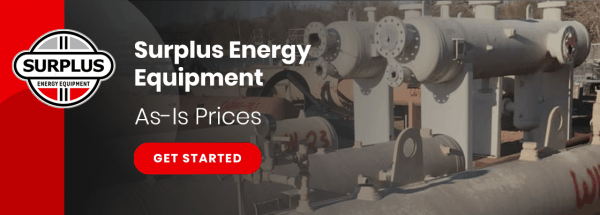In my line of work it is pretty often that some sort of heavy machinery is needed. Well to be honest, I am not really the one using these big hunks of machinery…I just make sure we have them available. You see…we have some pretty big pieces of equipment and some small. But unless you are Superman, they are all too big for a human to be lifting up. So that is where back up is needed.
Depending on what you are needing to do determines what kind of heavy machinery you need. For the purposes of this blog, I am going to go through and explain five different kinds and how they function.
1. BACKHOE
According to Wikipedia, “A backhoe, also called a rear actor or back actor, is a piece of excavating equipment or digger consisting of a digging bucket on the end of a two-part articulated arm.” The picture to the right is a great diagram showing where a backhoe is on a tractor and what it looks like. They can be used for multiple different things from farm equipment to oilfield equipment. For us, they help in placing our processing equipment on location in the desired spot. Which when you initially look at the backhoe you would think it would be used for nothing else but for digging. That is even in the definition! But it is a great tool for lifting equipment up high enough so it is not dragging the ground so it makes it easy to place the equipment where needed.
2. WINCH TRUCK (WITH ROLLING TAILBOARD)
This one is pretty simple. A winch has cables that are used to pull or lift equipment on or off of a truck. They can also be used to drag equipment to a different location on site. Now the reason I added on the rolling tailboard is that some winch trucks come with rollers on the end of the truck bed. The truck in the picture to the left comes with these rollers. The rollers help ease the equipment on or off the truck without too much friction. The truck in the video does not have rollers but it is a good visual of how the winch truck works.
3. POLE TRUCK
A pole truck is simply a truck with a gin pole on it. The definition according to Wikipedia is below:
“A gin pole (derived from gyn, a three-legged lifting device) is a supported pole that uses a pulley or block and tackles on its upper end to lift loads. The lower end is braced or set in a shallow hole and positioned so the upper end lies above the object to be lifted. The pole (also known as a “mast”, “boom”, and “spar”) is secured with three or more guys. These are manipulated to move the load laterally,[1] with up and down controlled by the pulley or block.”
When these gin poles are placed upon a truck, they act as a mobile crane. These come in handy when equipment is needed to be lifted up high and off the ground to be moved. Acting as a small crane, they make it a lot easier on a well site to set up drilling equipment, move processing equipment, and tearing down well site equipment.
4. KNUCKLEBOOM CRANE
“A knuckleboom crane appears similar to a standard crane, except that the boom articulates at the ‘knuckle’ near the middle, letting it fold back like a finger. This provides a compact size for storage and maneuvering.” (Wikipedia)

In the left picture you can see the crane folded up to make it easy for storage when not in use. The picture on the right shows the crane extended and in use. Whatever equipment is needed to be lifted is able to be lifted up and placed in location. These cranes are much lighter than boom truck cranes which I will explain next.
5. “BOOM TRUCK” CRANE
A boom truck crane is a crane that is on a truck allowing the crane to be mobile. “A boom truck (commercial truck-mounted crane) is defined as a crane consisting of a rotating superstructure (center post or turntable), a fixed or telescopic boom, operating machinery, and one or more operator’s stations mounted on a frame attached to a commercial truck chassis with a payload hauling capability whose power source powers the crane” (NCCCO.org).
This crane allows equipment to be lifted, lowered, and placed at different rotations. This is ideal with heavy equipment that needs to be placed within a certain diameter of the truck itself.
Here at Croft, all of these things have been used to onload, offload, or move our equipment. They are all very different in how they operate but at the end of the day, they achieve the task at hand. Well…hopefully. Interested in seeing what kind of equipment I have been talking about that CROFT has and is moved by this type of machinery?
https://en.wikipedia.org/wiki/Backhoe
https://en.wikipedia.org/wiki/Gin_pole
https://en.wikipedia.org/wiki/Knuckleboom_crane
http://www.nccco.org/nccco/certification-programs/boom-truck-operator

